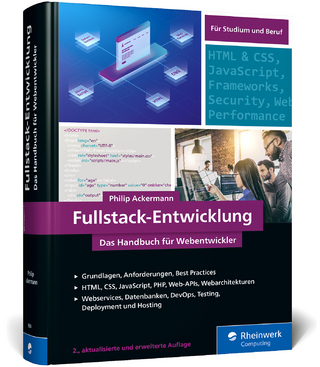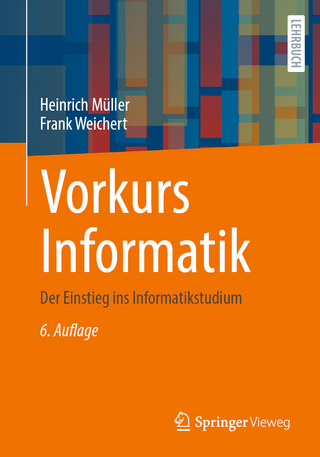
Using Shiny to Teach Econometric Models
Seiten
2021
Cambridge University Press (Verlag)
978-1-108-79340-7 (ISBN)
Cambridge University Press (Verlag)
978-1-108-79340-7 (ISBN)
This Element discusses how shiny, an R package, can help instructors teach quantitative methods more effectively by way of interactive web apps. The interactivity increases instructors' effectiveness by making students more active participants in the learning process, allowing them to engage with otherwise complex material in an accessible way.
This Element discusses how shiny, an R package, can help instructors teach quantitative methods more effectively by way of interactive web apps. The interactivity increases instructors' effectiveness by making students more active participants in the learning process, allowing them to engage with otherwise complex material in an accessible, dynamic way. The Element offers four detailed apps that cover two fundamental linear regression topics: estimation methods (least squares, maximum likelihood) and the classic linear regression assumptions. It includes a summary of what the apps can be used to demonstrate, detailed descriptions of the apps' full capabilities, vignettes from actual class use, and example activities. Two other apps pertain to a more advanced topic (LASSO), with similar supporting material. For instructors interested in modifying the apps, the Element also documents the main apps' general code structure, highlights some of the more likely modifications, and goes through what functions need to be amended.
This Element discusses how shiny, an R package, can help instructors teach quantitative methods more effectively by way of interactive web apps. The interactivity increases instructors' effectiveness by making students more active participants in the learning process, allowing them to engage with otherwise complex material in an accessible, dynamic way. The Element offers four detailed apps that cover two fundamental linear regression topics: estimation methods (least squares, maximum likelihood) and the classic linear regression assumptions. It includes a summary of what the apps can be used to demonstrate, detailed descriptions of the apps' full capabilities, vignettes from actual class use, and example activities. Two other apps pertain to a more advanced topic (LASSO), with similar supporting material. For instructors interested in modifying the apps, the Element also documents the main apps' general code structure, highlights some of the more likely modifications, and goes through what functions need to be amended.
1. Introduction; 2. Modifying the apps; 3. Defining 'best': estimation; 4. Linear model assumptions; 5. Encore: shrinkage methods; 6. Concluding remarks.
| Erscheinungsdatum | 17.05.2021 |
|---|---|
| Reihe/Serie | Elements in Quantitative and Computational Methods for the Social Sciences |
| Zusatzinfo | Worked examples or Exercises |
| Verlagsort | Cambridge |
| Sprache | englisch |
| Maße | 150 x 227 mm |
| Gewicht | 190 g |
| Themenwelt | Mathematik / Informatik ► Informatik ► Programmiersprachen / -werkzeuge |
| Mathematik / Informatik ► Informatik ► Software Entwicklung | |
| ISBN-10 | 1-108-79340-1 / 1108793401 |
| ISBN-13 | 978-1-108-79340-7 / 9781108793407 |
| Zustand | Neuware |
| Informationen gemäß Produktsicherheitsverordnung (GPSR) | |
| Haben Sie eine Frage zum Produkt? |
Mehr entdecken
aus dem Bereich
aus dem Bereich
Das Handbuch für Webentwickler
Buch | Hardcover (2023)
Rheinwerk (Verlag)
49,90 €
Der Einstieg ins Informatikstudium
Buch | Softcover (2023)
Springer Vieweg (Verlag)
34,99 €
Grundlagen und praktische Anwendungen von Transpondern, kontaktlosen …
Buch (2023)
Hanser (Verlag)
89,99 €


